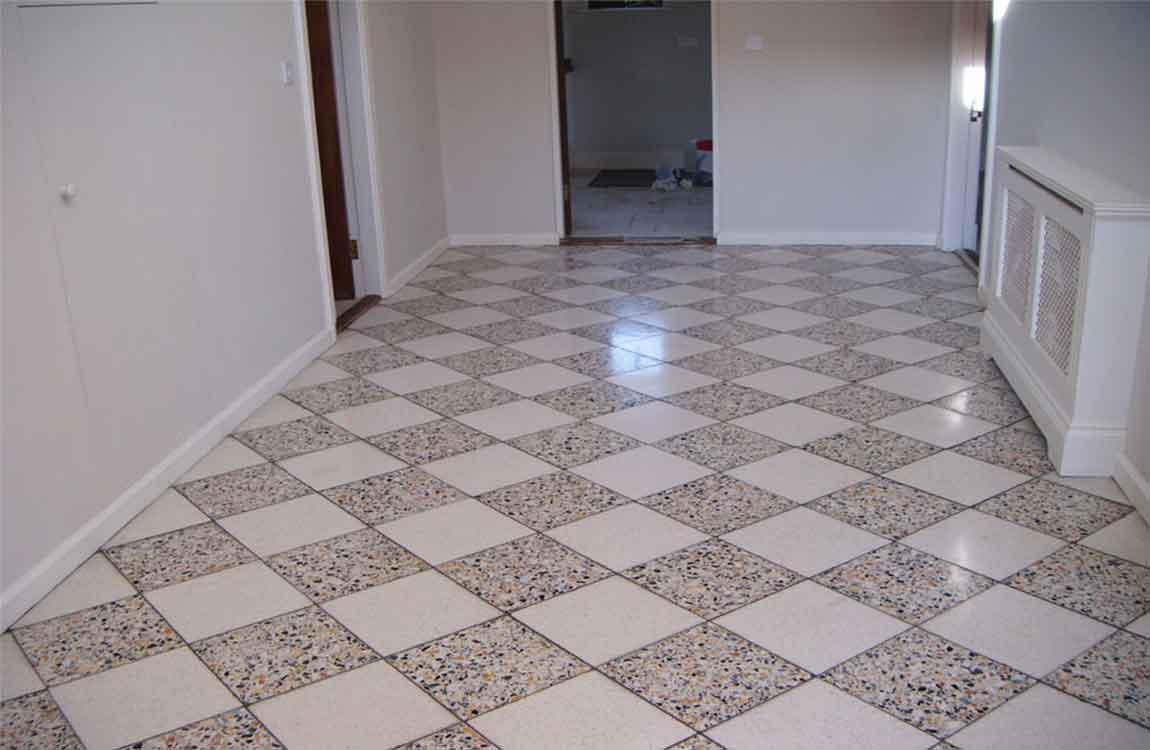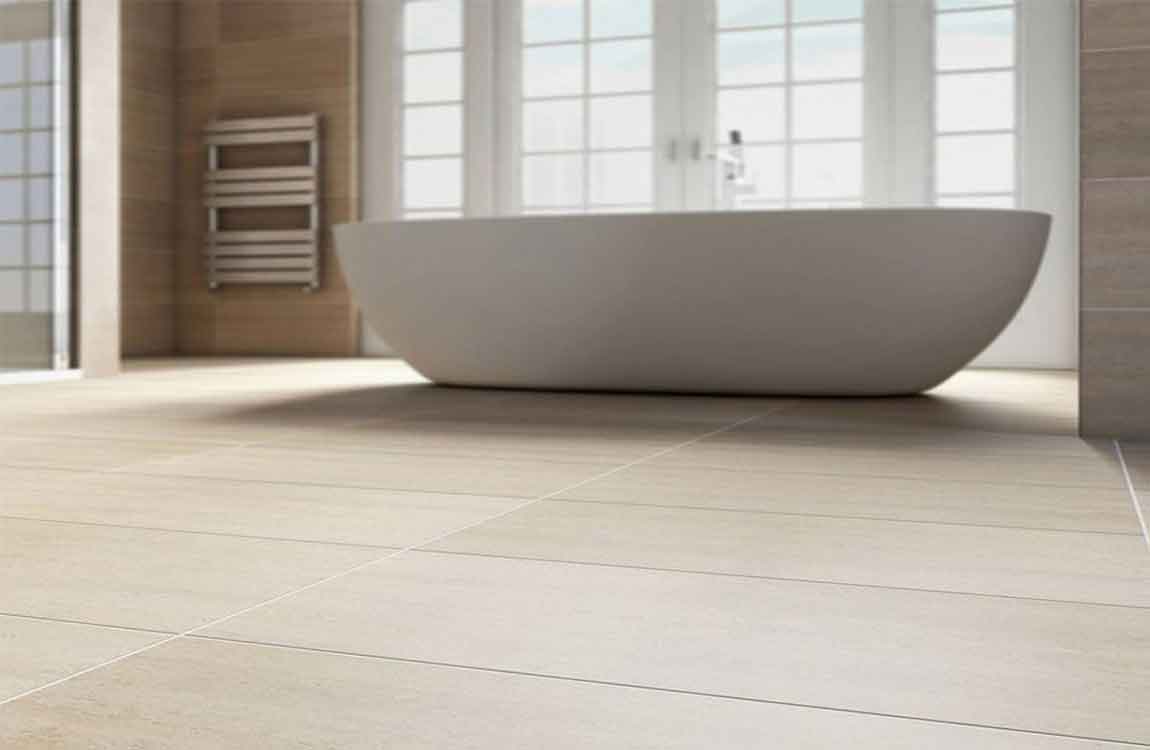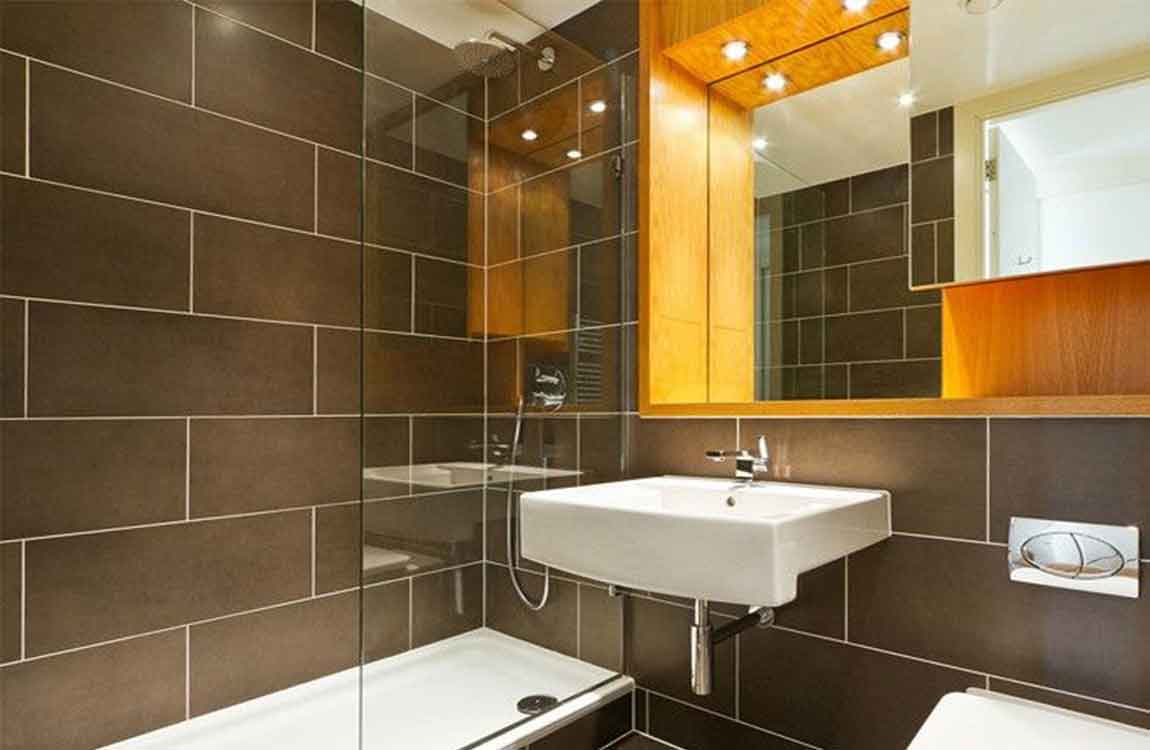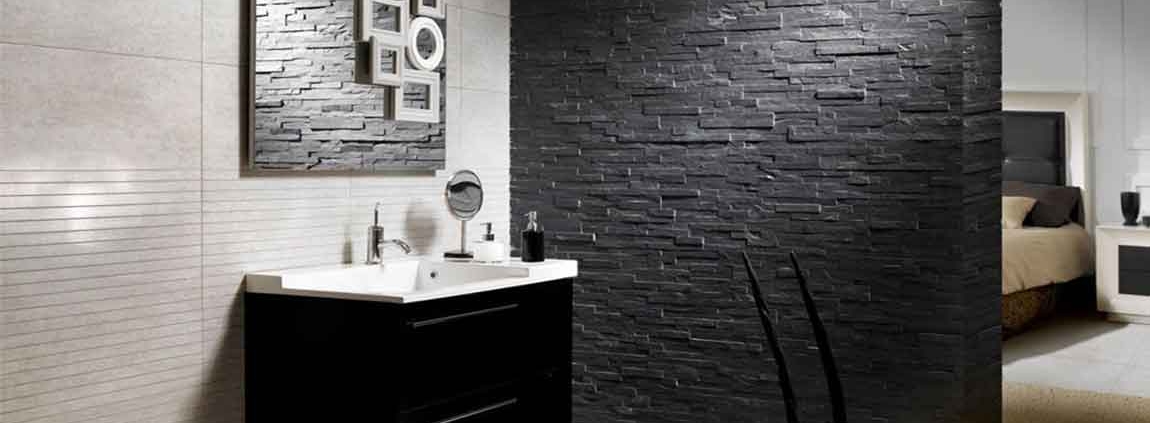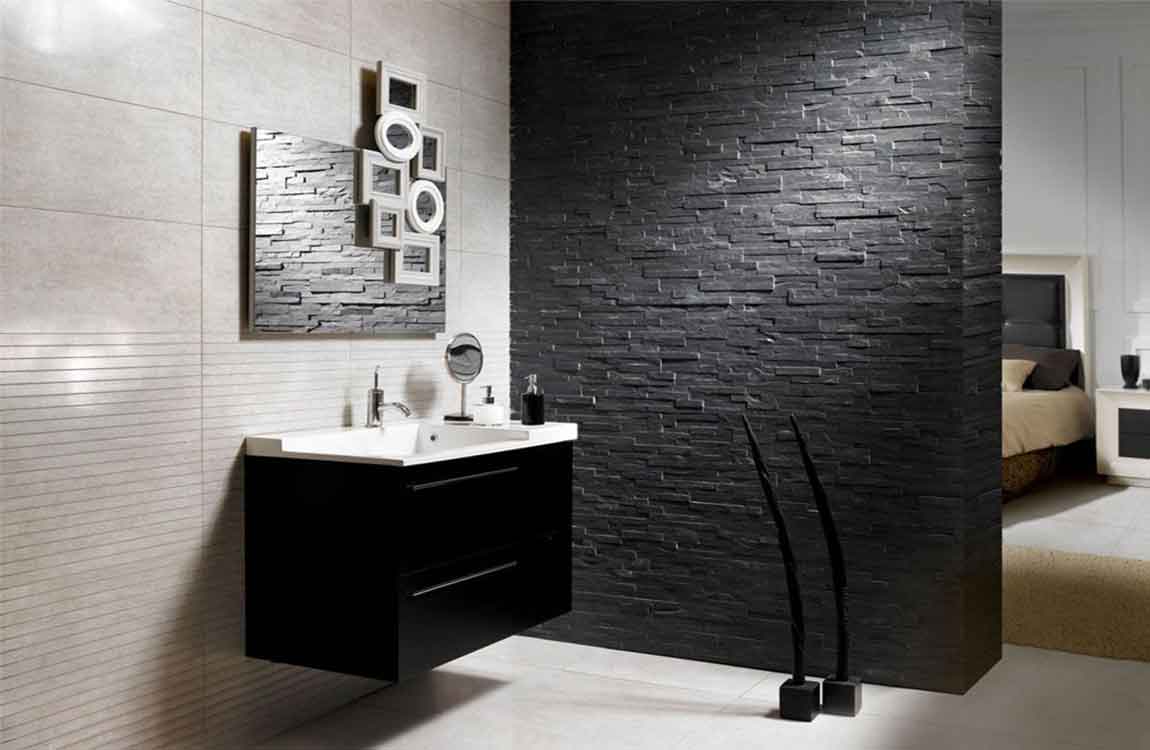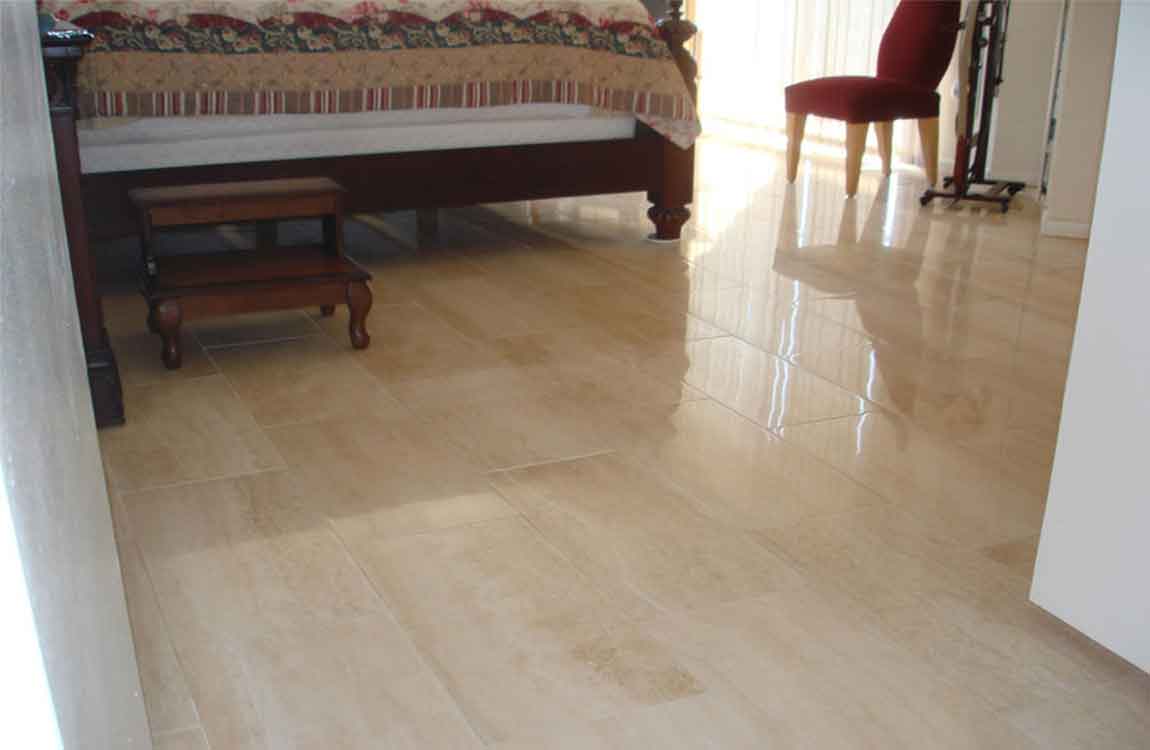How Performing a Simple Cleaning?
Remove the furniture from the Patio Tiles. Clear off your Patio Tiles of any tables, chairs, and any other furniture that makes contact with the ground. Having an empty Patio Tiles while you clean will enable you to wash the parts of the Patio Tiles that are usually under furniture.
Don’t forget to move plants, decorations, and lighting fixtures that might get in your way.If there are things you can’t move off the Patio Tiles, cover them with a tarp so they don’t get wet.
Sweep the floor. When dirt gets wet, it becomes sticky and is harder to clean. Before you get your Patio Tiles wet, use a push broom, leaf blower, or vacuum to expel dirt and dust. Make sure to remove all debris like sticks or leaves.
Rinse the surface with a garden hose. After you’ve gotten rid of the majority of dust and dirt, you can start to get the surface of the Patio Tiles wet. This will help wash away any initial dirt and any leftover dust.
If you have a pressure washer or a high-pressure nozzle for your garden hose you can use them to rinse down your Patio Tiles. Mix dish soap and warm water in a bucket. Fill a five-gallon bucket half way with warm water and put two to three squirts of a degreasing dish soap into the bucket.













